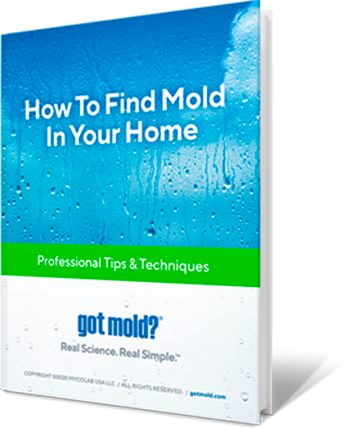
Jason Earle, CEO & Founder GOT MOLD?
DragonFly Live 2023 – Boulder, Colorado
We inhale over 20,000 times a day, drawing in nearly 30 pounds of air, which is our largest daily environmental exposure by far. And we take in more air each day than food and liquid combined. It’s no coincidence, after all, that across many ancient cultures the word for “breath” is also the word for “life force”—prana, qi, spiritus.
Yet, because breathing is so automatic, so constant, it’s easy to forget how vital and impactful it is to our health, particularly when it comes to the air inside our homes, where we now spend roughly 90% of our time, according to recent estimates.
That oversight can come at a cost. A growing body of research links poor indoor air quality (IAQ) to a wide range of health issues, from asthma and sinus infections to more systemic problems like fatigue, cognitive fog, and even depression. Mold, in particular, has emerged as a major culprit. Studies from reputable institutions such as Lawrence Berkeley Labs, the Environmental Protection Agency (EPA), and the Mayo Clinic have implicated mold and moisture as factors in numerous chronic health conditions.
Modern building practices are partly to blame. Following World War II, homes began to be built quickly and cheaply with materials like drywall, which turns out to be a perfect breeding ground for mold. Then the 70s energy crisis led to buildings being sealed tightly to conserve energy, but this also meant eliminating natural ventilation. The result? Homes that trap moisture and airborne pollutants—airtight boxes made of paper and chemicals. When water gets inside, whether through leaks or condensation, mold can grow quickly, often unnoticed, and begin to impact the health of everyone inside.
Fortunately, indoor air quality is something individuals can control. While we can’t always improve the air outside, we can take action in our own homes, schools and workplaces.
A helpful acronym — HOME — summarizes the four key pillars of mold prevention and air quality management:
- H for Humidity Control: Keep indoor humidity levels between 40% and 60%, ideally around 45%, using digital gauges and dehumidifiers if necessary.
- O for Optimize Ventilation: Use exhaust fans in bathrooms and kitchens, and open windows when possible to encourage air exchange.
- M for Moisture Control: Repair leaks promptly, choose mold-resistant building materials in areas like basements and bathrooms, and watch for signs of water damage.
- E for Early Detection: Trust your senses—musty odors, visible mold, or health symptoms that improve when away from home are all red flags. Taking early action can prevent long-term damage.
The idea is simple yet powerful: our buildings should act as an extension of our immune system. Just as we monitor what we eat and drink, we should be mindful of what we breathe. The air in our homes, schools and workplaces can either be a source of harm or a foundation for good health and healing. It all depends on the choices we make.

